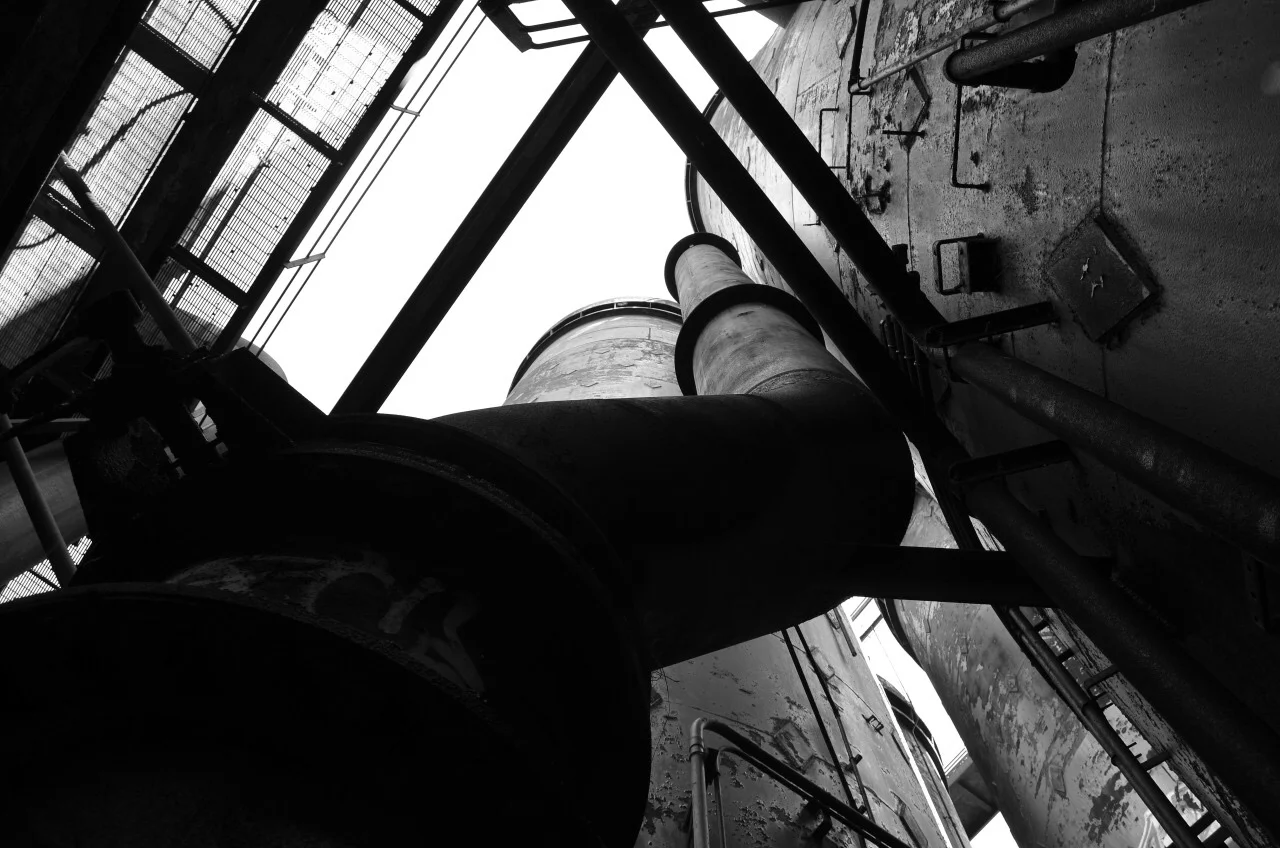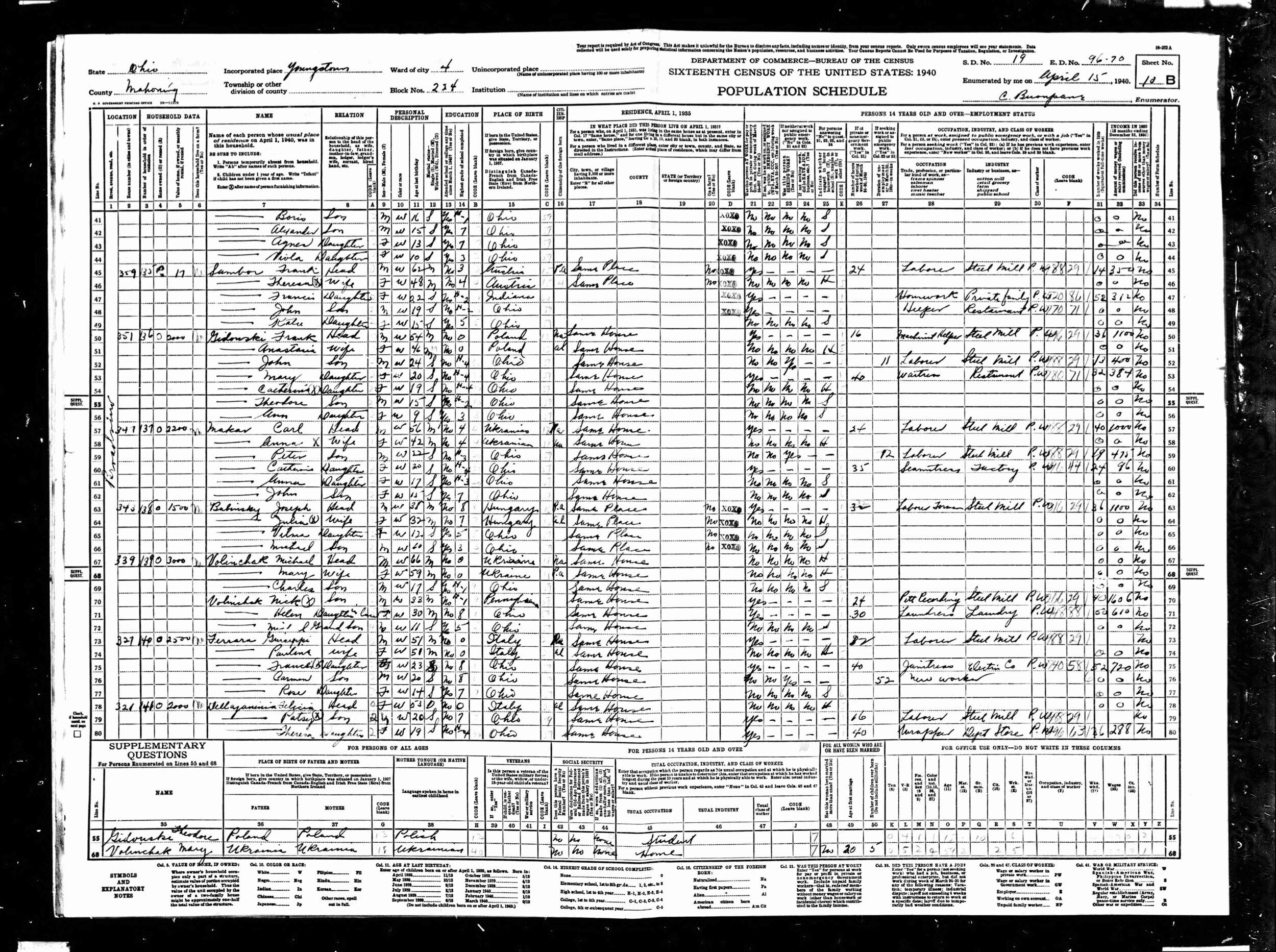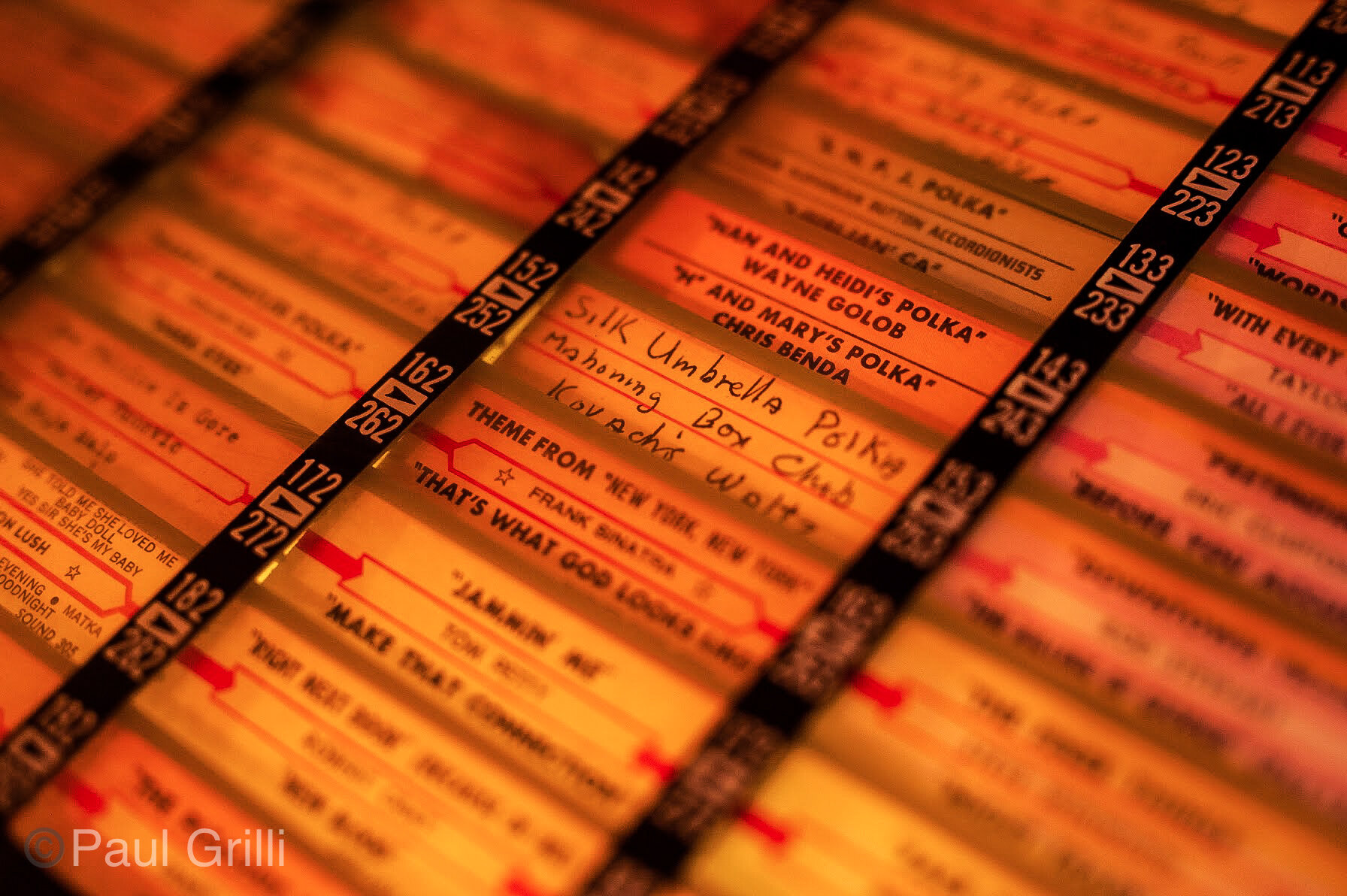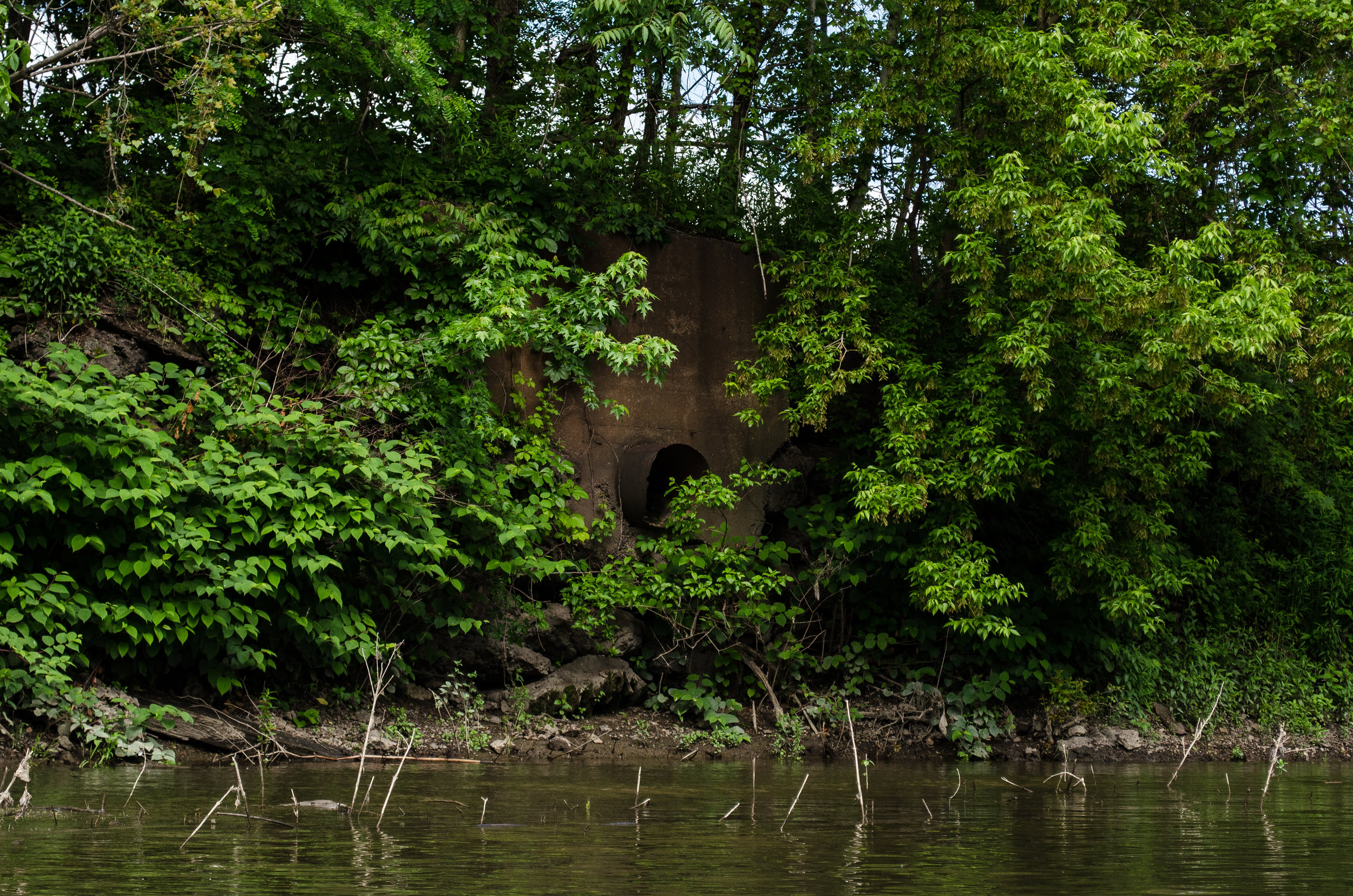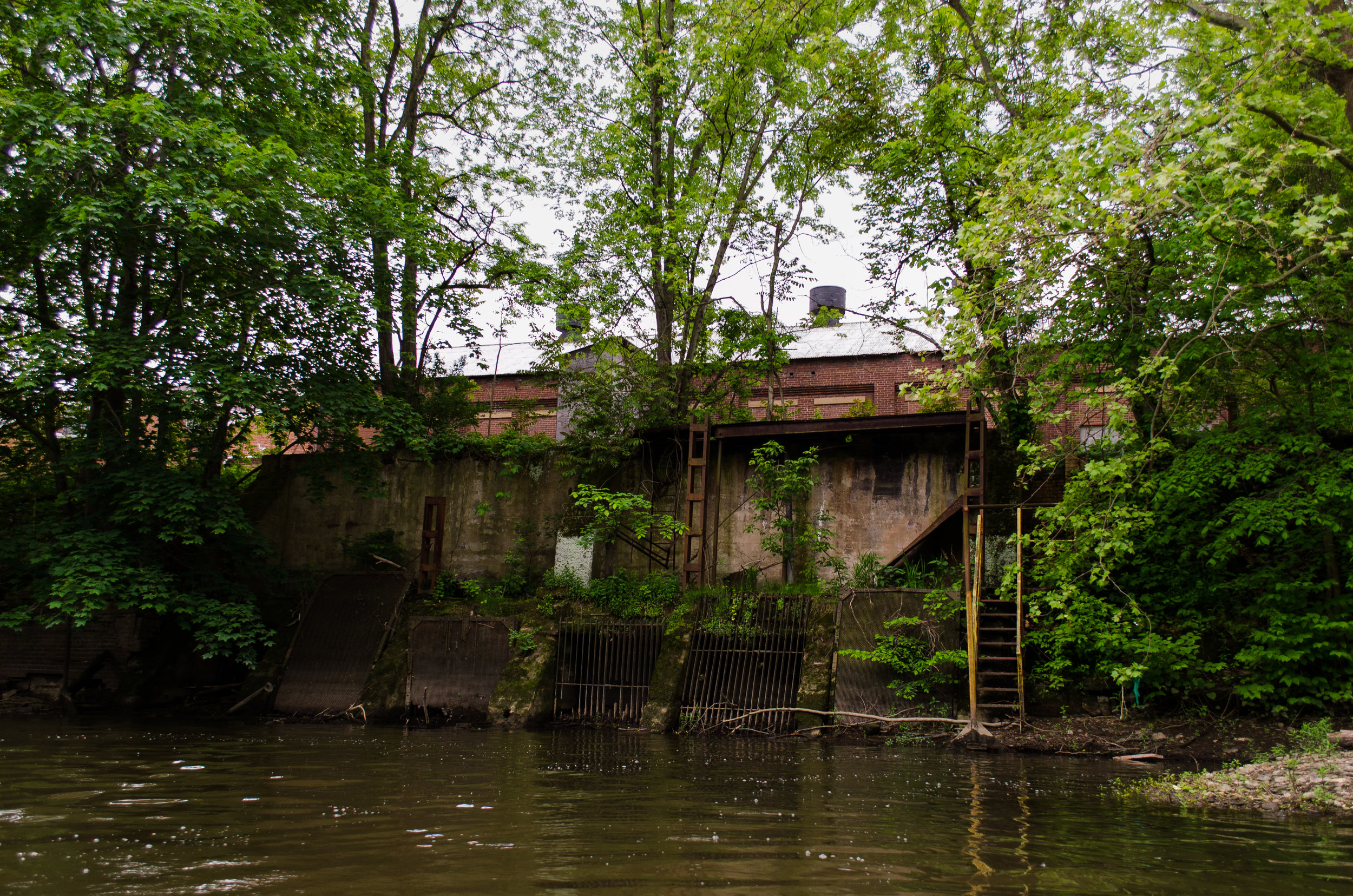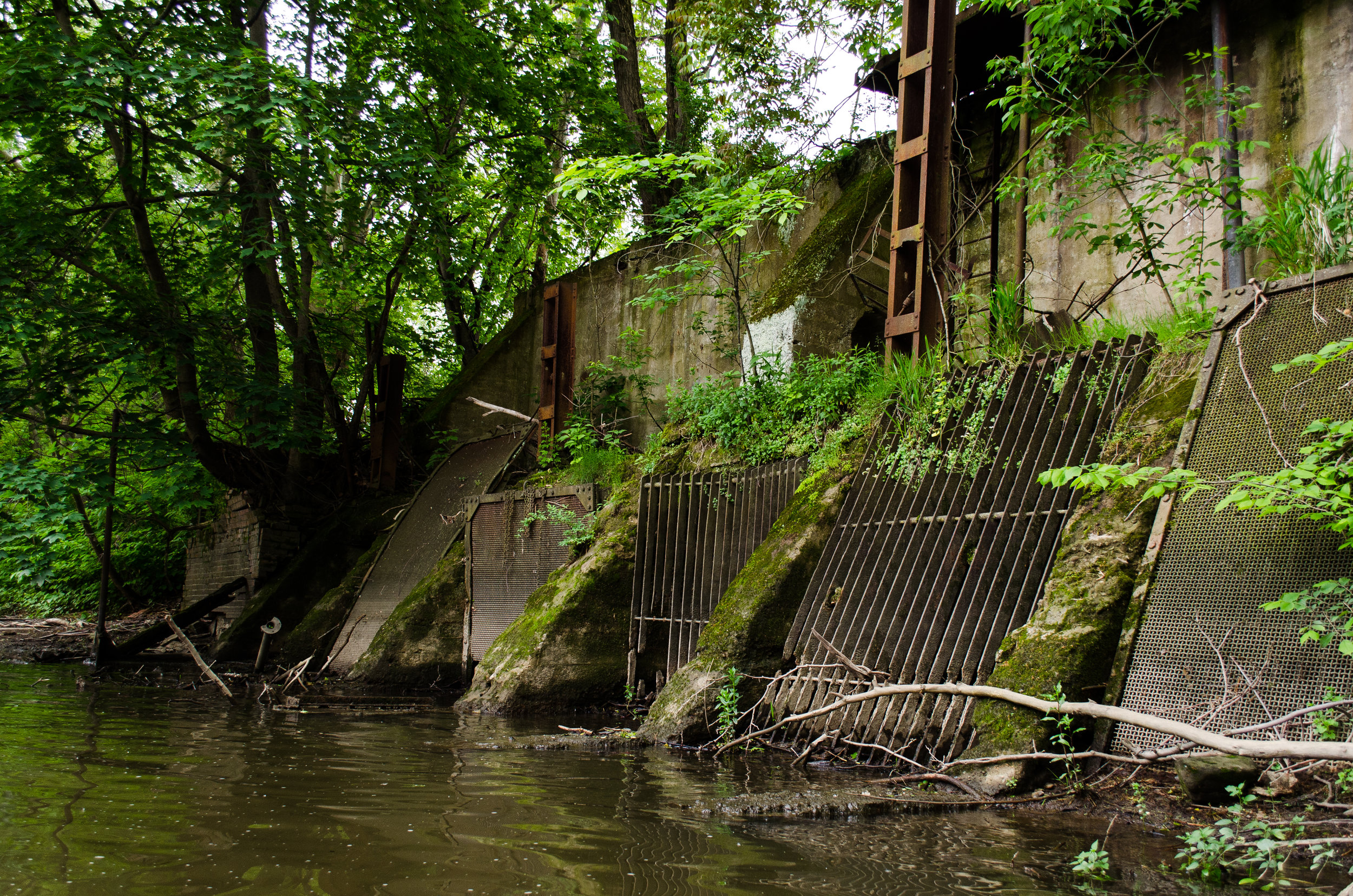Austintown, O - The Youngstown Steel Door Co. who’s plant is located just outside of the city limits within Austintown Twp., was formed in 1924 as a manufacturer of steel box car doors when they were mainly constructed of wood.
The land for the Austintown plant was purchased in 1929, the photo below is the only image I’ve seen of the interior of the plant during it’s heyday other than these photos documenting women at work building airplane fuel tanks during WWII.
Image courtesy Mary Margaret (Chizmar) Pharis
Pictured above is press #1, which was the largest press at Steel Door, around 1976. The men posing in front were both foremen, Mike Sablyak on the left and Mike Chizmar on the right.
Mister Chizmar was known as Harpo at Steel Door, my dad knows him as Leo, his grandkids I grew up with called him Zedo. I think Zedo is Slovak for grandpa; I learned that dupa meant “butt” at his house when I was a kid. I’m pretty sure we are loosely related by marriage a few times removed, try to follow along here: Mr. Chizmar’s wife’s brother worked with my grandpa at Youngstown Sheet & Tube. He introduced my grandpa to his wife’s sister (my grandma) and they were eventually married. Mr. Chizmar’s son was responsible for my parents getting together, you can read more about that here when the book comes out.
The images below are my own, taken somewhere around 2003 copyright Paul Grilli. The plant had been bought and sold by then and employed 1/10th of the workforce of the past but was still manufacturing rail car parts. They still do.
All of the overgrown disused rail road sidings in these photos stand out to me. I think the plant is still serviced by rail but not like in the good ol days. Click to enlarge images.

